Deepfakes: How You Could Lose Your Identity in a Digital Nightmare
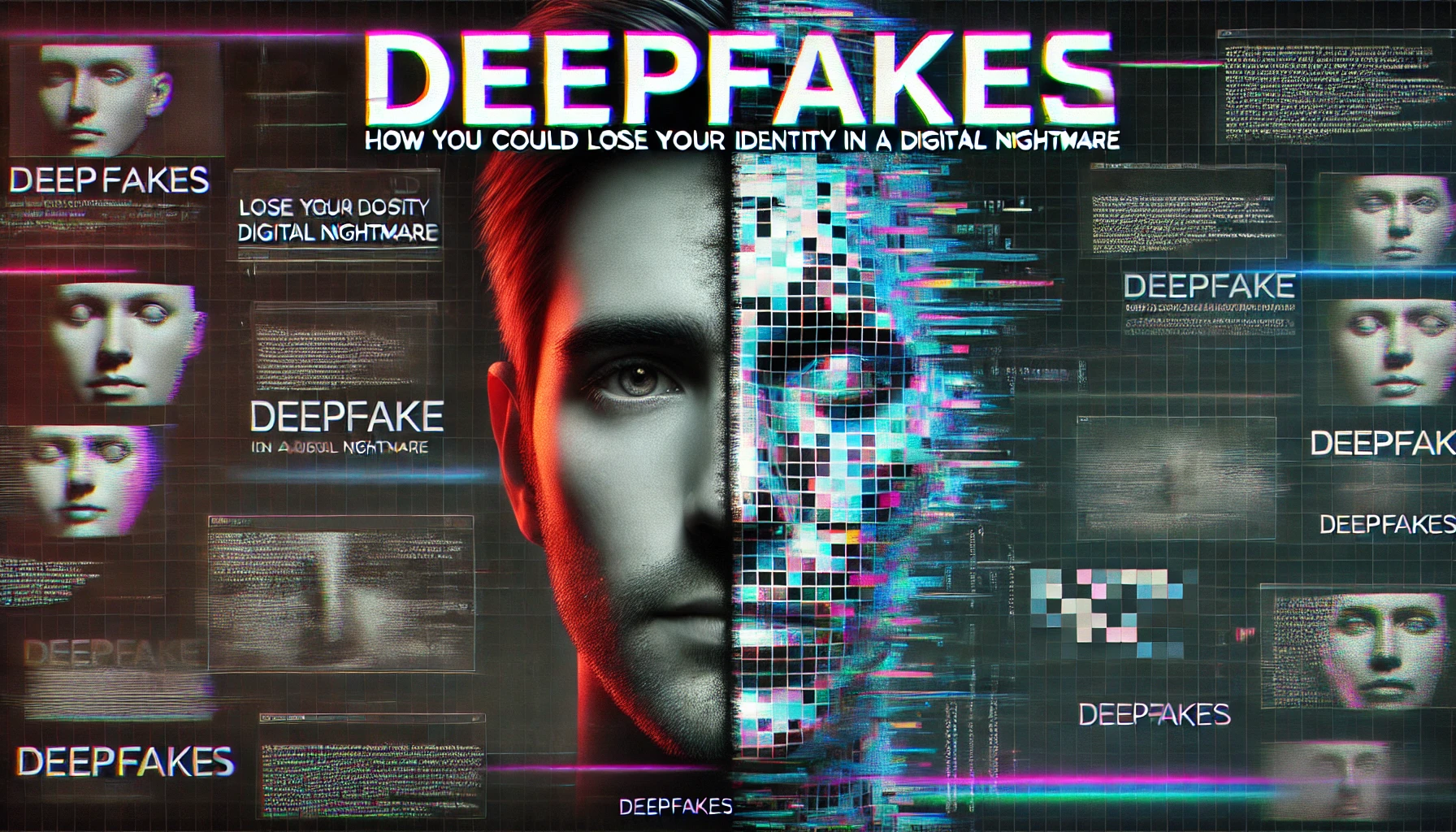
According to a report by Norton, the use of deepfake technology in cybercrimes has skyrocketed by 400% over the last two years. These highly convincing digital forgeries are exposing thousands of people to identity theft, financial fraud, and online scams. As this technology continues to evolve, the risks of losing your digital identity in a world of deepfakes are greater than ever.
What Are Deepfakes?
Deepfakes are so life-like and realistic fake videos images or audio clips which have been doctored using AI and ML techniques. Using deep learning algorithms it becomes possible to create easily believable fakes of people’s faces, voices and even their movements. These are developed by providing a huge feed of data – videos and images – to the AI systems that imitate real-life human emotions, physical motion, and speech.
- AI Techniques: One of the most important aspects of this work is GANs (Generative Adversarial Networks). Another kind of again consists of two AI systems—one is used to create the fake content, the other to determine if it’s real. It goes on and on until this ‘fake’ is almost indistinguishable from the ‘real thing’.
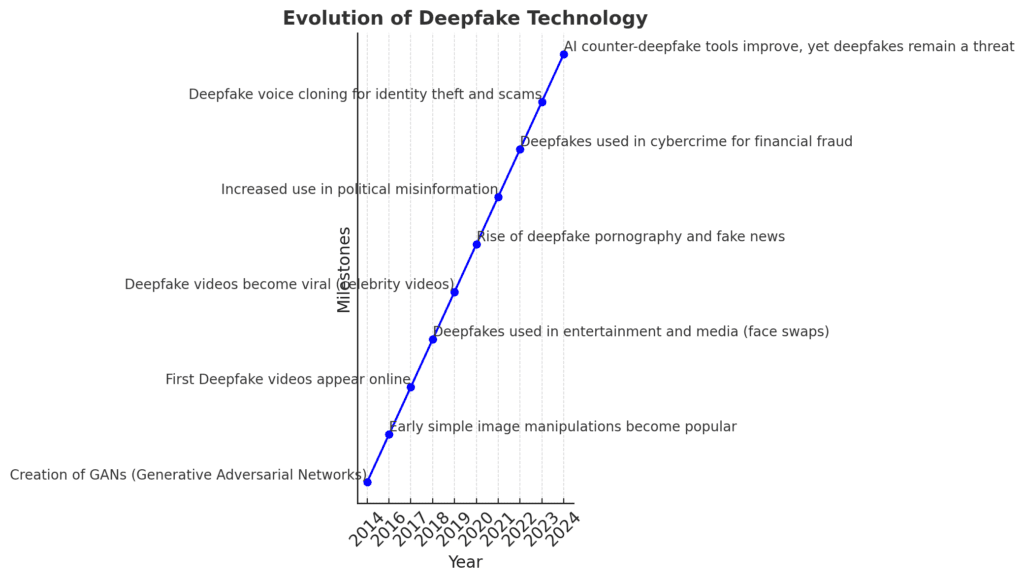
How Deepfakes Are Used in Cybercrime
How Deepfake Threats differ from Traditional Cybercrime:
| Threat Type | Key Tactics | Unique Risk | Prevention Challenges |
|---|---|---|---|
| Deepfake Identity Theft | Using AI-generated videos to impersonate victims in real-time or pre-recorded messages. | Harder to detect as AI can convincingly replicate voice and facial features. | Current technology lags in detecting AI-generated deepfakes in real-time. |
| Traditional Identity Theft | Stealing personal information through hacking, phishing, or malware. | Often relies on stolen data but lacks real-time manipulation capabilities. | Requires strong personal data protection, less dynamic than real-time deepfake threats. |
| Deepfake Fraud | Creating realistic fake videos to deceive victims and financial institutions. | Targets specific victims with highly personalized, realistic visual/audio cues. | Requires advanced detection tools to identify manipulated video or audio content. |
| Traditional Fraud | Using stolen financial or personal data to commit fraud or manipulate transactions. | Relies more on static stolen data, often without real-time impersonation. | Improving cybersecurity hygiene and encryption helps mitigate these traditional fraud risks. |
Signs That a Deepfake is Being Used Against You
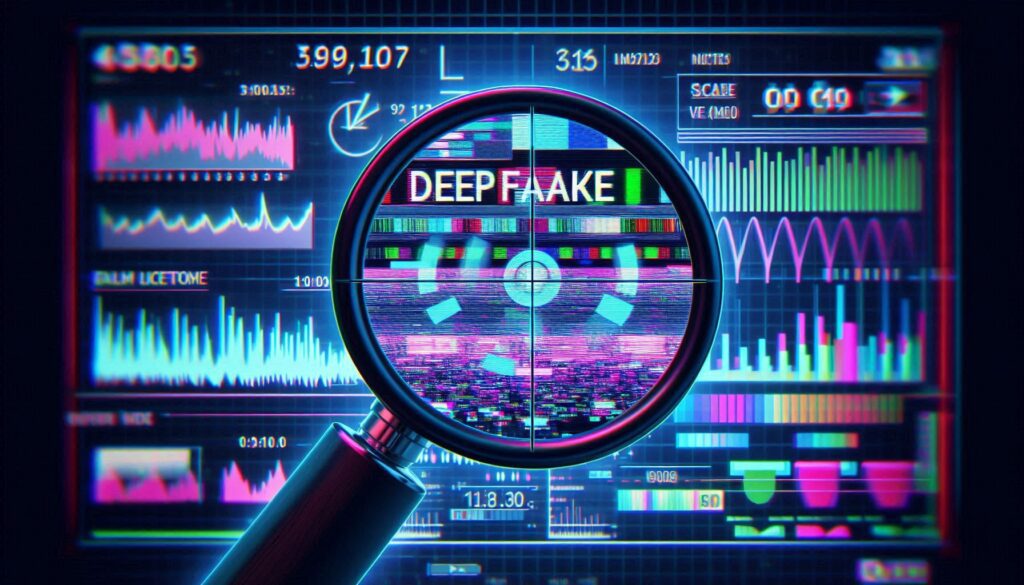
- Unnatural Facial Movements: Watch for subtle yet strange facial expressions, unnatural blinking patterns, or awkward mouth movements that don’t align with the speech.
- Audio-Video Mismatch: Look for inconsistencies between the audio and video, such as the lips being slightly off-sync with the voice.
- Glitches in Shadows and Lighting: Deepfakes often have errors in the way light reflects off the face or body, especially in different environments.
- Low-Quality Details: Pay attention to hairlines, fine details of the eyes, and how the skin moves. These areas are often less refined in deepfakes.
- Strange Background Artifacts: Blurred or pixelated backgrounds are common in deepfakes where the AI struggles to seamlessly integrate the manipulated subject with the background.
Steps to Protect Yourself from Deepfake Identity Theft
Practical Security Measures
- Use Strong, Varied Passwords: Make sure that none of the accounts created have a simple and recurring password. It is very unadvisable to use the same password for different platforms.
- Activate Two-Factor Authentication (2FA): To keep your personal data extra secure use 2FA on all your accounts, that would minimize the risk of compromise even if the password has been gotten by an attacker.
- Regularly Monitor Social Media and Financial Accounts: Be on the lookout for suspicious activity on one’s accounts should occur often so that one can easily detect any impersonation.
- Limit Personal Information Online: Avoid putting up personal details on your account as this information can be utilized in the formation of deep fake.
- Use Secure Networks: Always use VPNs or other security measures when accessing sensitive accounts or conducting online transactions.
Deepfakes and Legal Ramifications
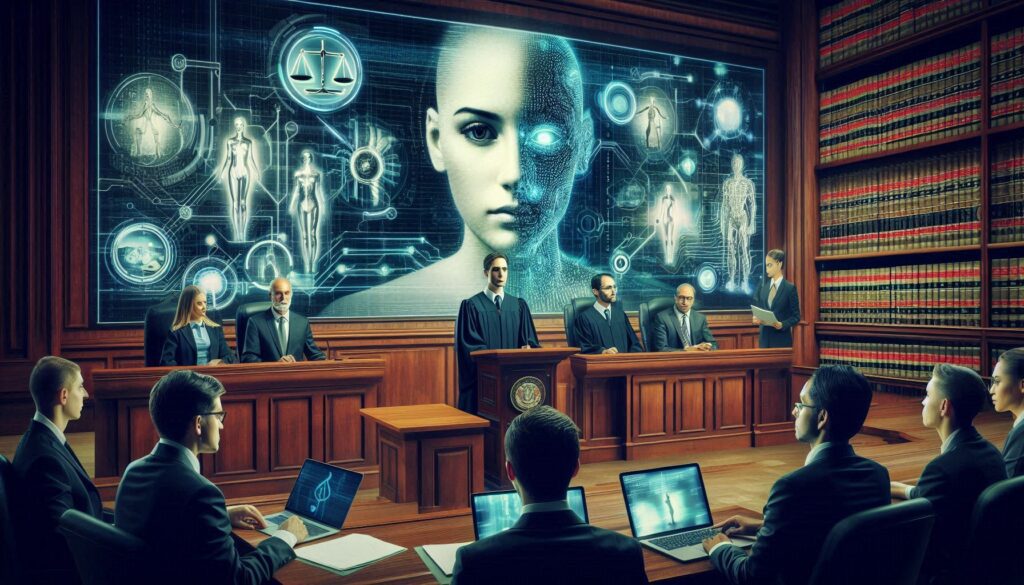
Understanding the Legal Landscape:
More to the point, since rules are still emerging to adapt to the technology, deepfakes are in legal purgatory. While some governments still rely on original laws governing fraud, defamation and identity theft, among others, there are governments that have passed laws that directly provide for deepfake crimes.
Can Victims Take Legal Action?
Targets of deepfake may turn to the law based on several laws, but the treatment of these cases tends to differ with region and specificities of the crime. The following laws are continuously being developed to prohibit deepfake production and distribution; in some countries, deepfakes for a malicious purpose, such as cheating in monetary matters, blackmailing, or impersonation are unlawful.
Challenges in Legal Enforcement:
It is difficult to prove intent and even find out who produced the fake video in the first place, more so given the internet is full of anonymity. However, with development in deepfake technology, the law will soon have to catch up in terms of how they deal with it.
Technologies That Can Detect Deepfakes
With improved deepfake technology, there has been the development of tools, and systems used to detect deepfake technology, as this technology grows. There are several practical solutions to detect fake content and prevent its misuse identified for now. These detection tools involve AI and machine learning whereby they look at disparities in the deeper fakes such as the movements, illumination or the pixels of an object, respectively.
Key Detection Technologies:
- AI Algorithms: Machine learning algorithms trained to identify subtle artifacts and inconsistencies in deepfake videos that are invisible to the human eye.
- Forensic Analysis Tools: These tools focus on the analysis of audio and visual elements to find digital signatures that can reveal manipulation.
- Blockchain-Based Authentication: Using blockchain technology to certify the authenticity of videos and images, preventing them from being altered undetectably after creation.
- Facial Recognition Software: Advanced facial recognition can sometimes distinguish between real human faces and AI-generated deepfake faces by detecting minute anomalies.
- Watermarking Technologies: These embed invisible watermarks in videos, making it easier to verify if a video has been tampered with or is a deepfake.
Future of Detection:
But when fake content becomes more believable, so will the fake detection applications. AI, cryptography, and digital forensics remain the keys to combating the deepfakes at present and in the future.
Conclusion
Stay Vigilant Against Deepfake Technology
Presenting a worrisome future for deep fake technology and the future safety, is the ability of the new technology to cause identity theft, credit card fraud not to include other forms of scamming. To protect yourself, consider the following steps:
- Recognize Warning Signs: Be careful for some things such as eye blinking, lips movement out of sync, violations of light and background context.
- Enhance Security Measures: Choose bright and hardly guessable password, enable two factor authentication, and do not submit too much personal information in the Internet.
- Monitor Accounts Regularly: Make it your practice to monitor your social networking and financial sites profiles for any signs of undesirable activities.
This fast evolving digital environment can be managed and your identity can be effectively kept safe by ensuring that you are informed and alert all the time.
Loading newsletter form...



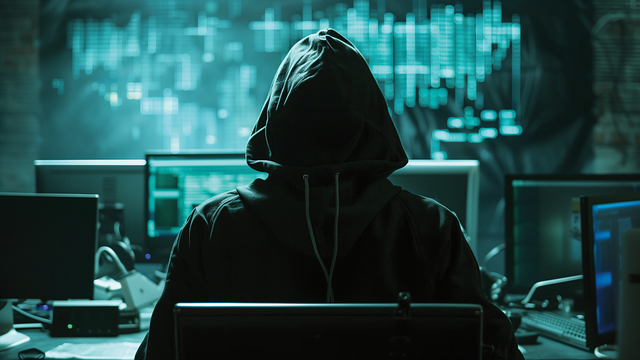
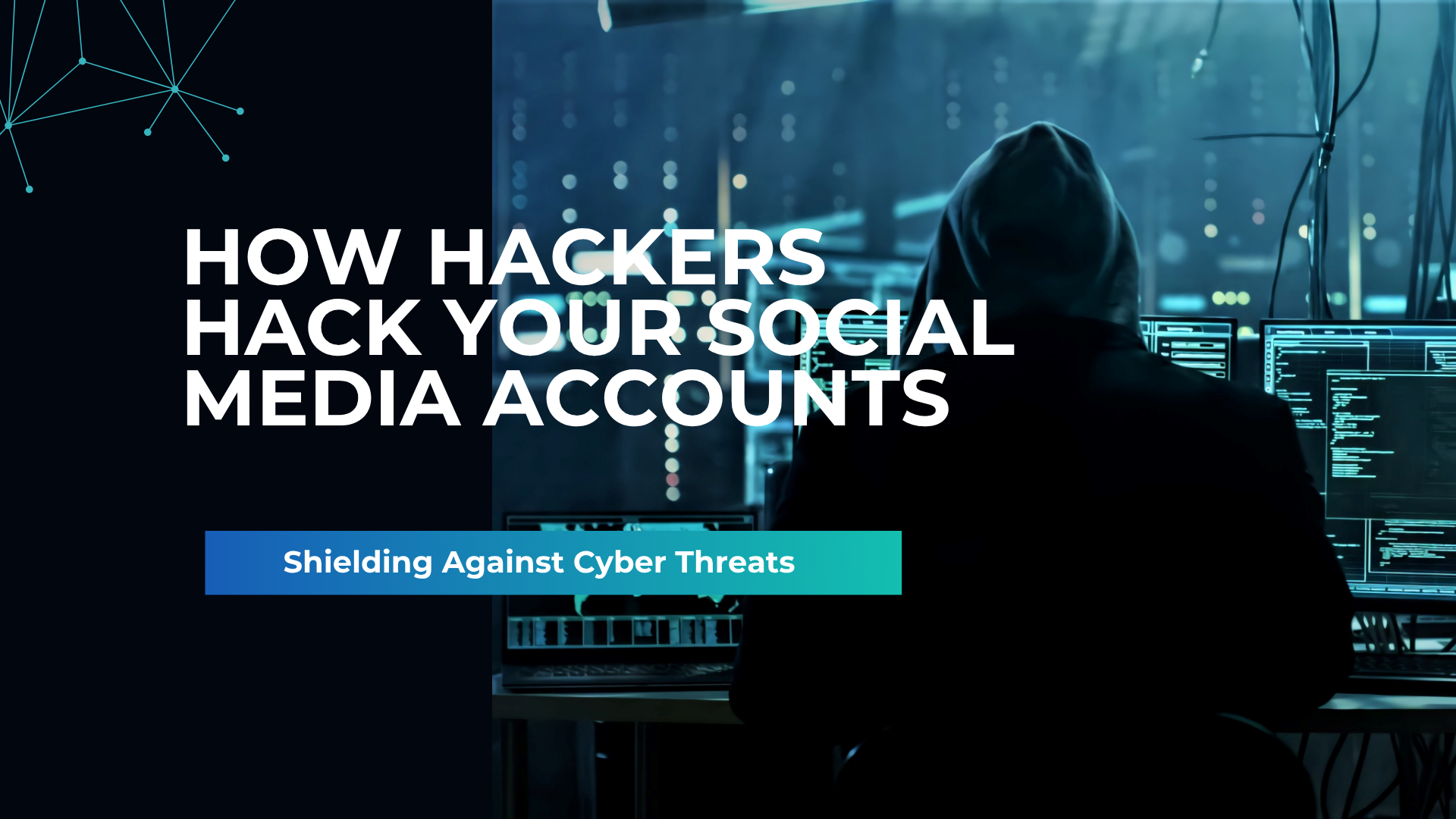

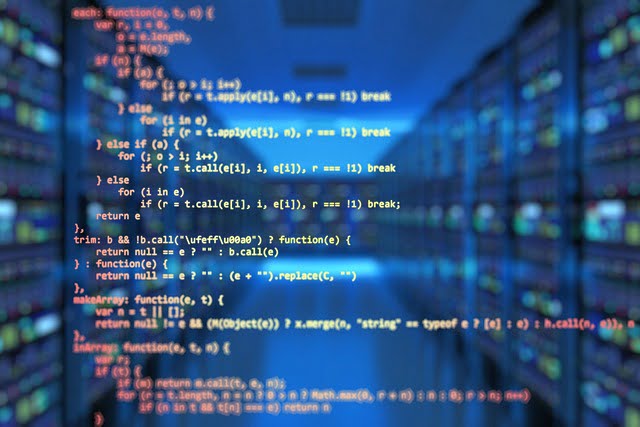
2 Comments